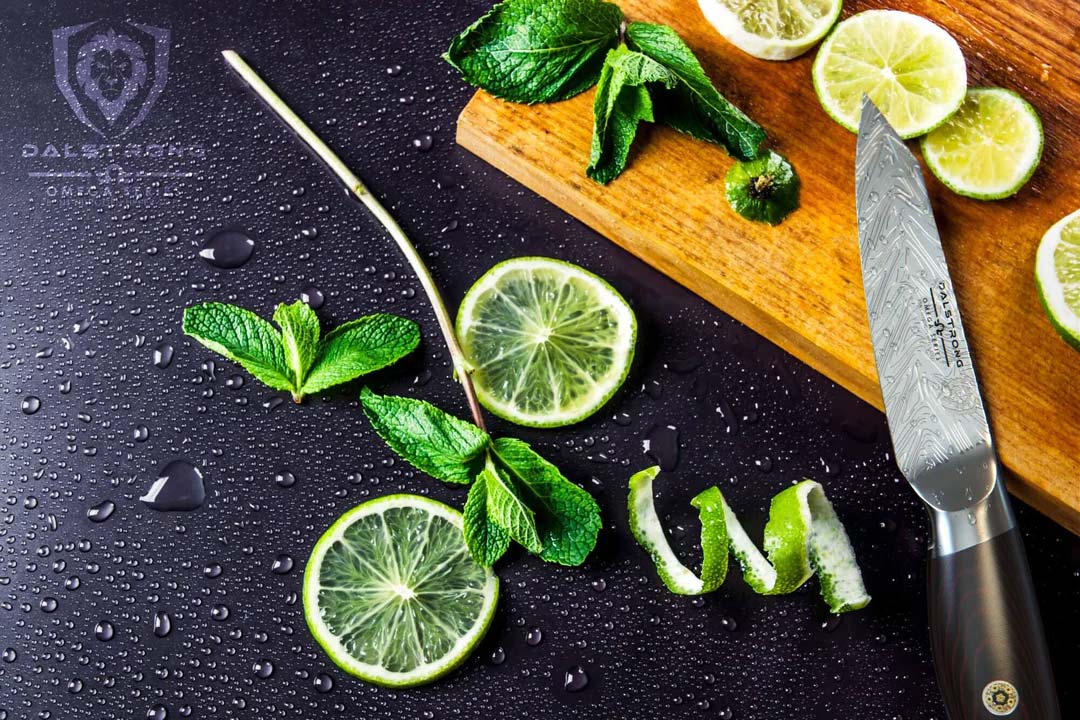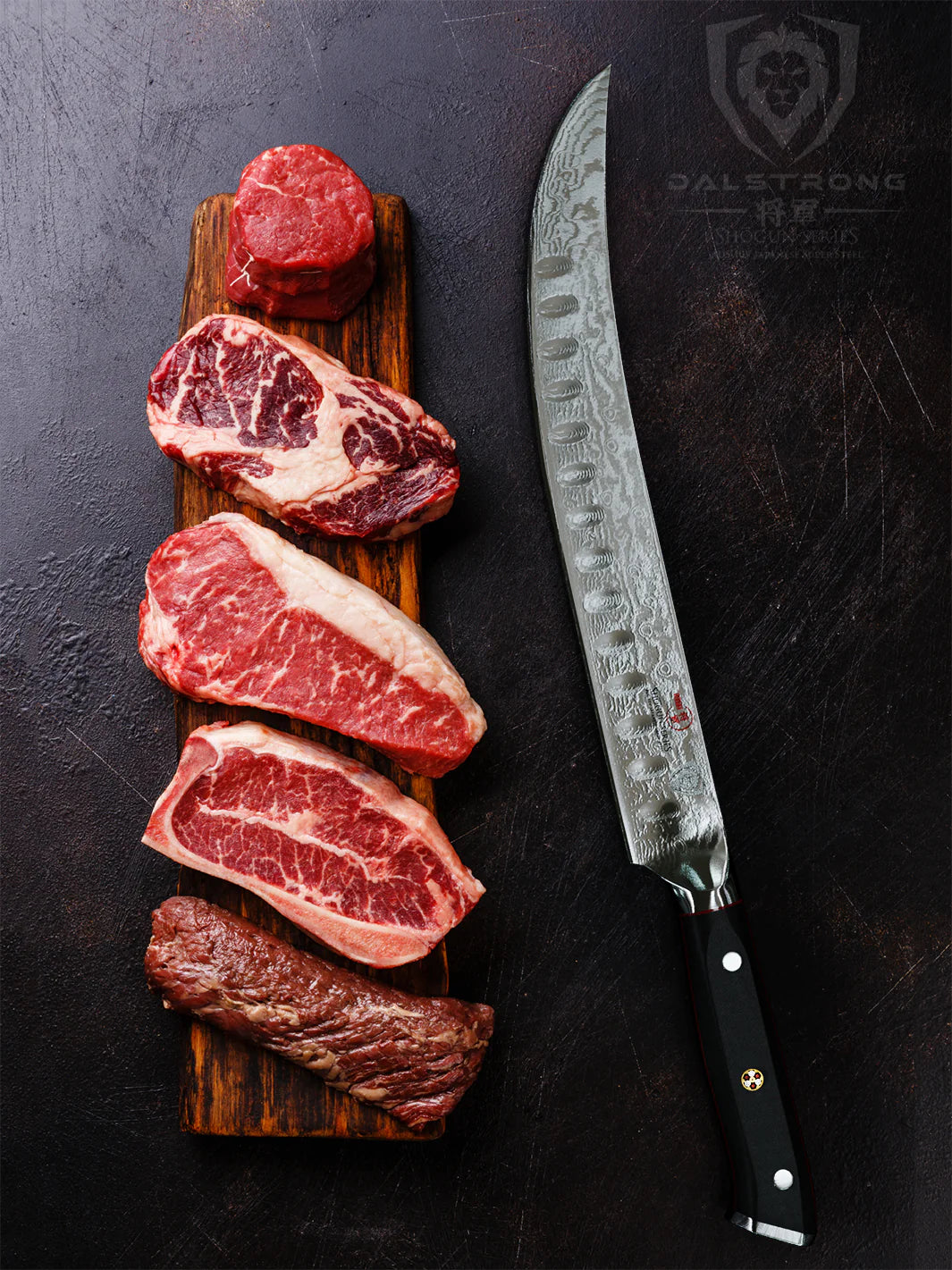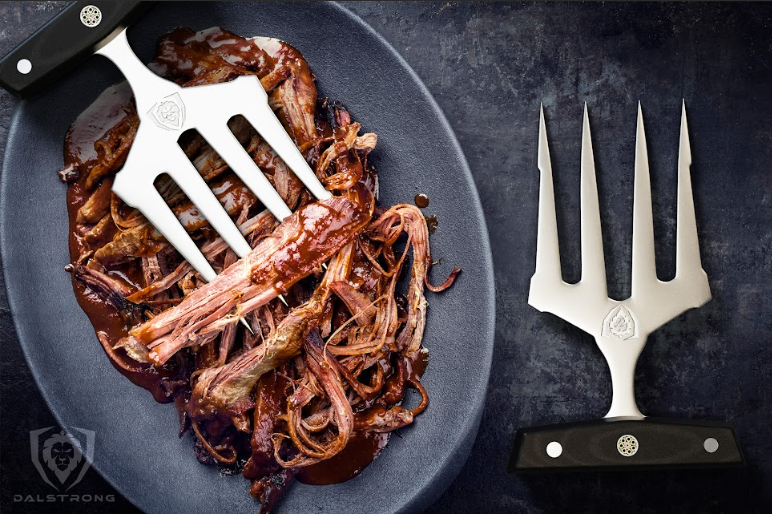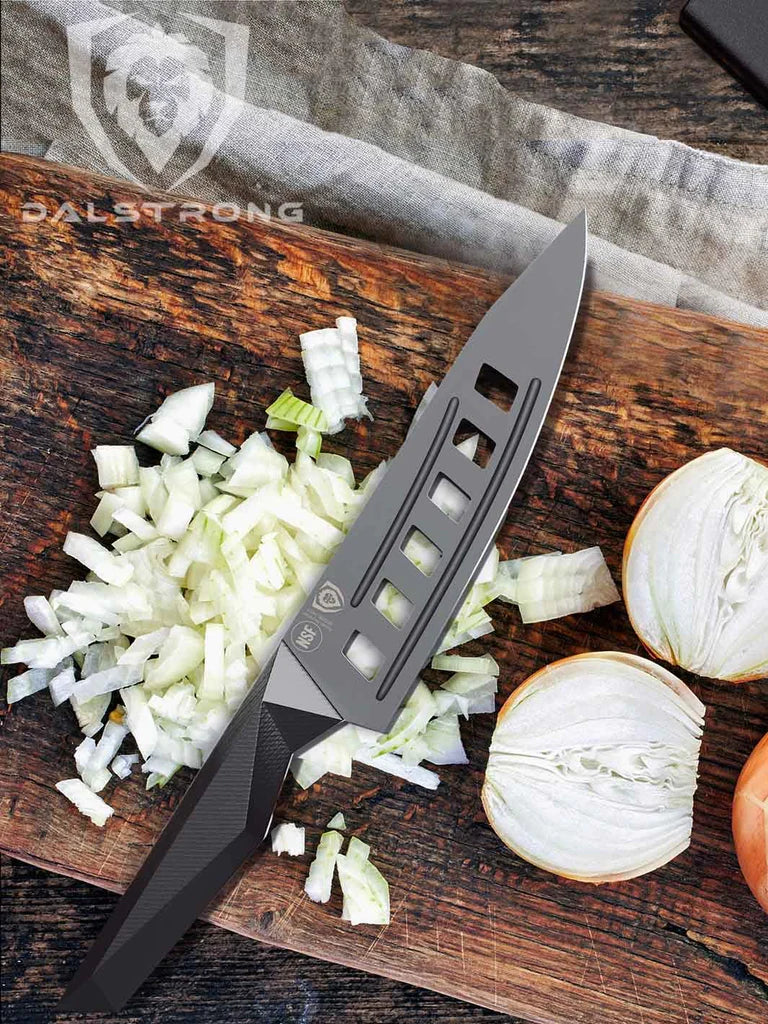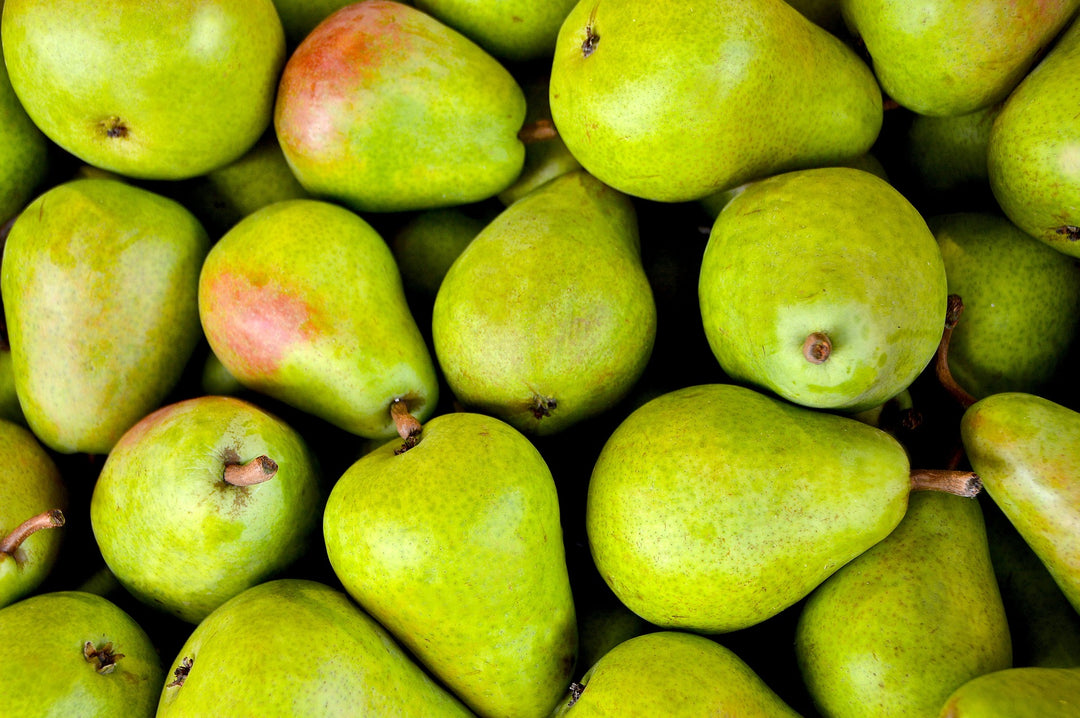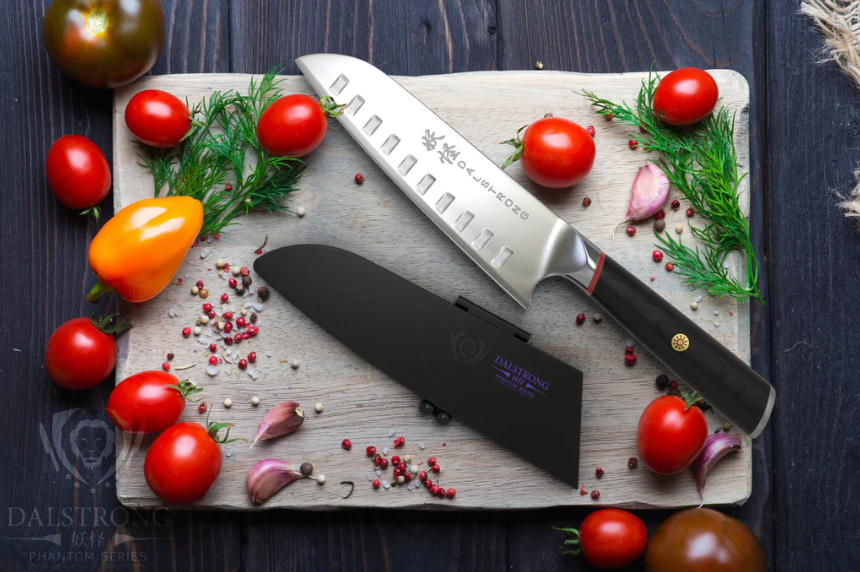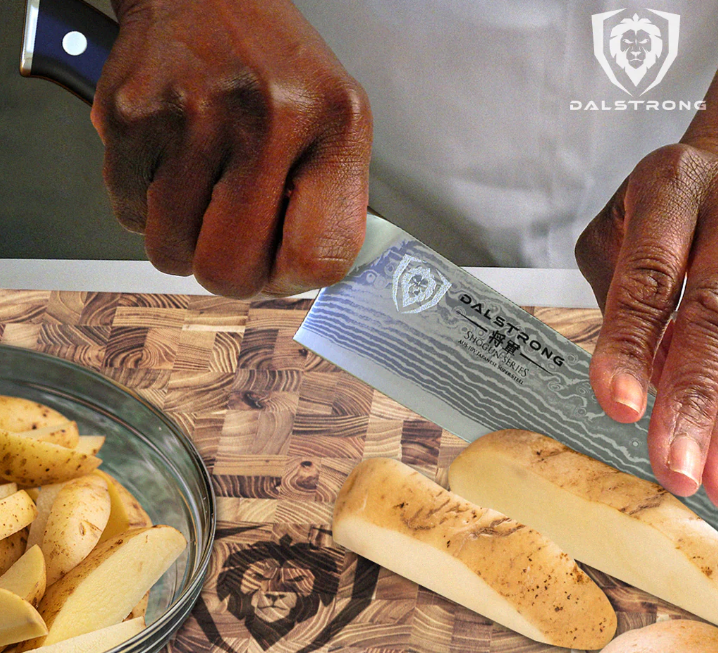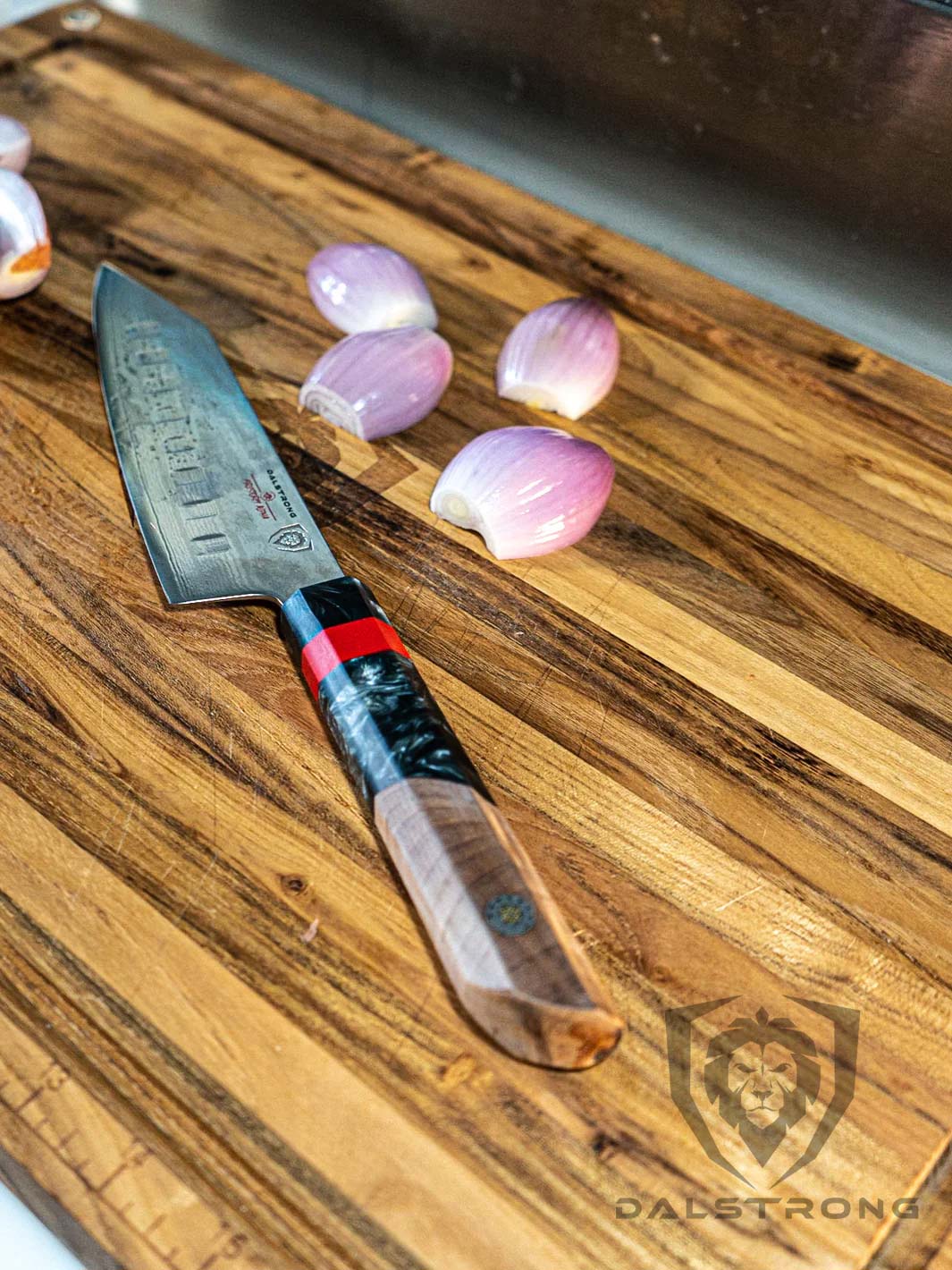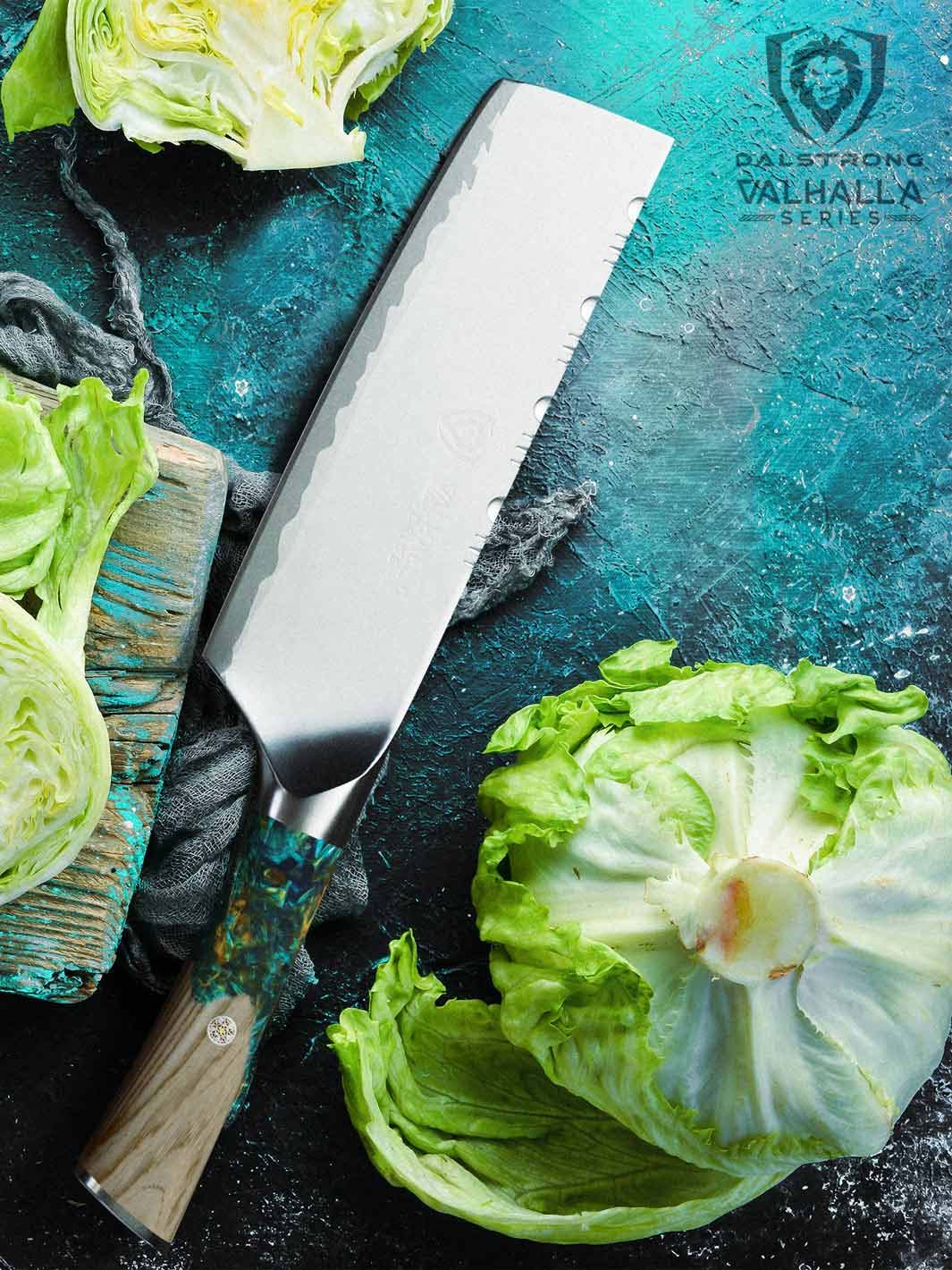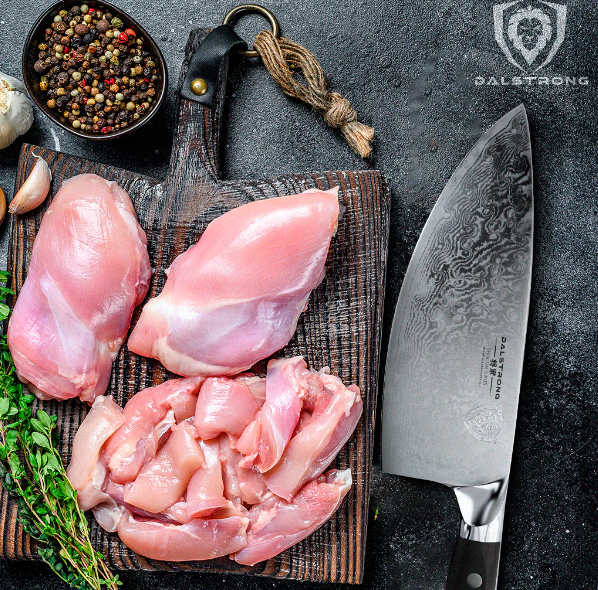How To Cut Grapefruit With Ease
Quick Overview: How To Cut A Grapefruit
- Place the grapefruit on a cutting board.
- Cut the grapefruit in half from top to bottom.
- Stand one-half of the grapefruit on its flat bottom edge.
- Use a paring knife to cut along the outer edge, between the flesh and the white pith.
- Repeat on the other side of the segment to free it from the pith.
- Continue slicing around the grapefruit, releasing all the segments.
- Take a grapefruit spoon with a serrated edge.
- Gently scoop out each segment, separating it from the membrane and pith.
- Repeat the process with the other grapefruit half.
- Enjoy the freshly cut grapefruit segments in a fruit salad or on their own.
Cutting grapefruit can be a breeze with the right technique and tools. In this guide, we'll walk you through the steps to have succulent grapefruit sections using a sharp paring knife, a chopping board, and a grapefruit spoon. In this blog, I’ll be walking you through the easiest and most convenient tips and techniques to cut up grapefruits. So, let’s get right into it!
1. Tips For Buying The Best Grapefruit
 Paring Knife 3.5" Crusader Series NSF Certified Dalstrong
Paring Knife 3.5" Crusader Series NSF Certified Dalstrong
Have you ever wandered into a grocery store and gotten brain fog because you don’t know where to get started? Well, I have. So, these are my true and tried tips on how to choose the best grapefruit.
Choose ripe grapefruits
Look for grapefruits that are heavy for their size and have a firm, smooth skin. Avoid fruits with soft spots, bruises, or wrinkled skin.
Consider the variety
There are different types of grapefruits, such as Ruby Red, White, and Pink. Each variation has its own unique flavor profile, so consider your preferences when making a selection.
Check for external blemishes
Inspect the skin for any blemishes, discoloration, or mold. Vibrant, even-colored skin is a good indicator of freshness.
Assess the aroma
Give the grapefruits a gentle squeeze to release their fragrance. A sweet, citrusy scent indicates ripeness and flavor.
Look for thin skin
Opt for grapefruits with thinner skin, as they are usually juicier. Thick, puffy skin can be an indication of dryness.
Consider the weight
Heavier grapefruits often have more juice content. Hold the fruit in your hand and compare its weight to others of similar size.
Check for uniformity
Choose grapefruits that have a consistent shape and size. This ensures even ripening and juiciness throughout.
Assess the firmness
Gently press the grapefruit with your thumb. It should yield slightly to pressure but not feel too soft or mushy.
Buy in season
Grapefruits are at their peak during the winter months, so try to purchase them when they are in season for the best flavor and quality.
Consider organic options
If possible, go for organic grapefruits to avoid any residue of pesticide and other chemicals.
2. Methods On How To Cut Grapefruit
 Bird's Beak Peeling & Paring Knife 3" Shogun Series ELITE Dalstrong
Bird's Beak Peeling & Paring Knife 3" Shogun Series ELITE Dalstrong
Whether you're enjoying it on its own or adding it to a refreshing fruit salad, mastering the art of cutting grapefruit will elevate your culinary skills. Let's get started!
Steps:
- Place the grapefruit on a cutting board, ensuring it is stable and won't roll.
- Using a sharp chefs knife or a grapefruit knife, slice the grapefruit and cut it in half from top to bottom.
- Stand one-half of the grapefruit on its flat bottom edge, exposing the inner fruit.
- With a paring knife, cut along the outer edge of the grapefruit, between the flesh and the white pith.
- Repeat this knife cut on the other side of the fruit, removing it from the white pith.
- Continue slicing around the grapefruit, releasing all the grapefruit segments.
- Take a grapefruit spoon or any spoon with a serrated edge.
- Gently peel and pith the grapefruit, separating it from the membrane of one section.
- Place the grapefruit flesh in an airtight container for later use or enjoy them immediately in your favorite fruit salad recipe. You can discard the grapefruit peel.
- And, you’re done! You can now eat grapefruit in less than five minutes.
Expert Tips:
- Ensure you use a sharp knife to cut through the grapefruit easily and precisely.
- For larger grapefruits, you may need to make additional cuts between the segments to release them completely.
- To make peeling the grapefruit easier, you can cut the skin around the top and bottom before slicing it in half.
- Avoid including any bits of pith when scooping out the flesh for a more enjoyable eating experience.
3. Dalstrong Tools You Will Need
This paring knife from the Shogun Series 3.5” paring knife from Dalstrong is a precision specialist, essential for any serious chef or cook. The ergonomic handle is made of G-10 Garolite, a military-grade material that is impervious to heat and moisture. Its construction ensures superior hand control and comfort, while the engraved end cap adds stability. The set includes a Dalstrong PerfectFit saya (sheath) for protection which is the cherry on top!
PROS:
- Precision-forged 3.5" blade with Japanese AUS-10V steel core for exceptional performance and edge retention.
- 67-layers of high-carbon stainless steel cladding provide strength and durability.
- Stunning Tsunami Rose blade pattern and hand-polished mirror finish for visual appeal.
- Ergonomic G-10 Garolite handle offers excellent control, durability, and moisture resistance.
CONS:
- This knife may seem a smidge small for some tasks that often require a larger blade.
- This knife is pricey as far as paring knives go, but the warranty and untethered customer support in return is simply perfect.
2. Paring Knife 4" Valhalla Series
Unleash your inner culinary warrior with this Valhalla Series 4" Paring Knife. This mighty blade may be small in size but is packed with legendary greatness. Crafted from 5-layer stainless steel, it is meticulously sharpen by hand to a razor-sharp 8-12 degrees, making it ideal for intricate tasks like skinning, peeling, deveining, and seed removal. Hardened at 60+ Rockwell, this knife easily tackles even the toughest of culinary challenges.
PROS:
- Precision-forged 4" blade with 5-layer stainless steel construction for durability and wear resistance.
- Hand-sharpened to a razor-sharp 8-12° edge for precise cutting.
- Sturdy and impact-resistant handle with high-tensile strength for stability during vigorous use.
- Resistant to extreme temperatures, chemicals, and acids for long-term durability.
CONS:
- This knife requires proper care and handwashing to maintain its quality.
3. Paring Knife 3.75" Shadow Black Series | NSF Certified
Unleash your culinary lion with the Shadow Black Series knife. Designed for optimal maneuverability, this sleek and aggressive knife delivers both style and functionality. The ruthlessly sharp edge offers clean, precise cuts, and the calculated blade geometry reduces drag for effortless slicing. The ergonomic handle is resistant to heat, cold, and moisture, offering maximum comfort and control. Could it get any more perfect?
PROS:
- Precision-forged blade with ultra-sharp 16-18° edge for clean and precise cuts.
- Black titanium-nitride coating enhances durability, corrosion resistance, and non-stick properties.
- Comfortable handle design provides a secure and comfortable grip.
- Fiber-resin G10 handle is heat, cold, and moisture resistant for long-lasting durability.
CONS:
- The black coating might add a few more minutes to the knife sharpening process, but for this stellar culinary tool, it’s worth the time.
- Requires handwashing to maintain the knife's quality and appearance.
4. Paring Knife 3.5" Frost Fire Series | NSF Certified
Crafted with a 7-layer high-carbon, high-chromium 10CR15MOV steel, this paring knife from the Frost Fire series offers impressive sharpness and edge retention. The slender white resin handle provides optimal comfort and control during use. Its ergonomic design and aluminum mesh enclosure offers durability and a tension-free grip. The full tang construction adds robustness, ensuring this knife is built to last.
PROS:
- Razor-sharp edge with impressive edge retention for precise and long-lasting performance.
- Eye-catching "frosted" blade finish enhances non-stick properties.
- Slender and ergonomic handle provides a comfortable and tension-free grip.
- Lightweight construction offers agility and ease of use.
CONS:
- The icy, frosty look might not be every home cook and chef’s cup of tea.
5. Bird's Beak Peeling & Paring Knife 3"
Designed to perfection, the knife features an ultra-premium G-10 handle that offers military-grade durability. The ergonomic handle shape is carefully hand polished for superior hand control, agility, and comfort. The hand-polished blade spine enhances handling, and the knife is designed with a tapered bolster for a perfect 'zero-balance' balance, finger protection, and a natural and comfortable pinch grip. The rust/corrosion-resistant cladding ensures easy cleaning and long-lasting performance.
PROS:
- Exceptionally sharp edge at a precise angle for effortless cutting and slicing.
- Outstanding edge retention and durability.
- Beautiful and striking Damascus pattern for visual appeal.
- Ergonomic and durable G-10 handle for superior control and comfort.
CONS:
- The bird's beak blade shape may have limited versatility for some kitchen tasks.
4. Grapefruit Nutritional Facts

Grapefruit is a citrus fruit known for its refreshing flavor and numerous health benefits. Packed with essential nutrients, grapefruit is a great addition to a balanced diet. Let's dive into the nutritional facts of grapefruit and explore its key components.
Calories
One medium-sized grapefruit contains approximately 52 calories, making it a low-calorie fruit choice. It is also rich in dietary fiber, with an average of 2 grams per serving. Fiber improves digestion encourages feelings of fullness, and supports a healthy digestive system.
Vitamins
Grapefruit is a fantastic source of vitamin C, an important nutrient that supports a strong immune system and promotes collagen production for healthy skin and tissues. It also holds significant amounts of vitamin A, which is important for vision health and maintaining healthy skin.
Minerals
In terms of minerals, grapefruit is particularly high in potassium, a crucial electrolyte that helps regulate blood pressure and maintain proper heart function. It also gives small amounts of calcium, magnesium, and phosphorus, which are important for bone health and overall body functioning.
Antioxidants
Grapefruit is known for its antioxidant properties, thanks to the presence of beneficial compounds like flavonoids and vitamin C. These antioxidants help protect the body's cells from harm caused by harmful free radicals, lessen the risk of chronic diseases.
Nutrients
Overall, grapefruit is rich in nutrients and offers a refreshing taste and an array of health benefits. Whether enjoyed on its own or incorporated into salads, smoothies, or desserts, grapefruit can be a flavorful addition to your diet!
5. Frequently Asked Questions
What is the best way to cut a grapefruit?
The best way to cut a grapefruit is to slice off the top and bottom ends, then cut along the curved sides to remove the bitter pith.
Which side do you cut a grapefruit?
When cutting a grapefruit, it’s best to cut it horizontally, creating two halves with a flat surface as that can be easily placed on a plate or bowl on the go.
How do you cut open and eat a grapefruit?
To cut open and eat a grapefruit, loosen the segments from the pith using a spoon or knife, then scoop them out or enjoy them directly You can also add sugar or honey to balance the flavors out a bit.




































































































































































